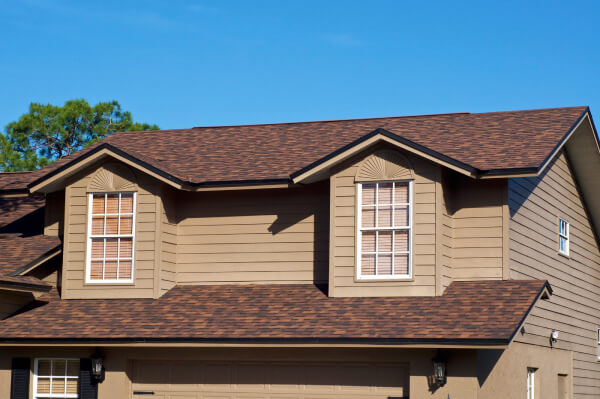Flat roof repair might seem like a daunting task, but with the right approach and a bit of know-how, you can tackle it with confidence. Flat roofs, common in both residential and commercial buildings, come with their unique set of challenges. However, understanding these challenges and knowing how to address them can make all the difference in extending the life of your roof and avoiding costly replacements down the road.
Whether you’re dealing with a small leak or more extensive damage, we’ve got you covered with practical tips and insights on handling flat roof repair effectively.
Perform a Thorough Inspection
Begin by conducting a thorough inspection of your flat roof. This means walking the roof surface carefully and looking for any signs of damage, such as cracks, blisters, or areas where water has pooled. Pay close attention to seams and edges, as these are common trouble spots. If you need more time to do this, or if your roof has multiple layers, consider hiring a professional to inspect it for you.
Clear Away Debris and Standing Water
Before making any repairs, clear the roof of debris like leaves, branches, and dirt. This not only gives you a better view of the problem areas but also prevents debris from causing further damage. Use a broom or a leaf blower to clear the area. If you notice any standing water, use a wet/dry vacuum or a mop to remove it. Remember, standing water is a sign of poor drainage or a low spot that may need addressing during the repair.
Choose the Right Repair Materials
The type of material you choose for your flat roof repair will depend on the roofing material already in place and the extent of the damage. For minor cracks or punctures, a quality roofing sealant or patch kit may suffice. For larger areas, you might need roofing fabric and a bitumen coating to create a new waterproof layer. Be sure to consult with a roofing professional to select materials that match your existing roof type for the best results.
Make the Repair
Once you’ve identified the problem areas and gathered your materials, it’s time to start the repair. Here’s how to handle some of the most common flat roof repairs:
- Patching Holes and Cracks: Clean the area around the damage, apply roofing adhesive or sealant, and place a patch over the area. Make sure that the patch extends a few inches beyond the damaged spot on all sides. Press down firmly and smooth out any air bubbles.
- Addressing Blisters: For blisters caused by trapped air or moisture, carefully cut away the damaged material. Allow the area to dry out completely before applying a patch of new roofing material and sealing it with adhesive.
- Fixing Flashing: If the flashing around edges, chimneys, or vents is damaged or loose, start by removing the old flashing and cleaning the area. Then, apply new flashing and secure it with roofing nails or adhesive. Make sure all edges are properly sealed to prevent future leaks.
Prevent Future Damage
After completing the repair, take measures to prevent future damage. This includes routine maintenance such as clearing debris, checking for signs of wear, and making sure drainage systems are functioning properly. Applying protective coatings can also extend the life of your roof by shielding it from UV rays and weather-related damage.
Ensuring Long-Lasting Roof Protection
Handling flat roof repairs with confidence comes down to being prepared, taking the right steps, and knowing when to seek professional help. With the right approach, you can protect your home or commercial building from leaks and damage, ensuring your flat roof serves you well for years to come.
Ready to get started on your flat roof repair? Our team of experienced professionals is here to help. Give us a call today for a consultation, and let’s keep your roof in top shape!









